How to change a place without changing it
A long walk through time, to trace the many hidden layers of the city of Elefsina was the foundation for the second edition of SPARK that took place from 14th to 18th of June, co-hosted by Le Plus Petit Cirque du Monde, Elefsina European Capital of Culture, Institut français Paris, Institut français de Grèce, Teatroskop - South Eastern European Network for Performing Arts, supported by the European Union and the French Ministry of Culture. The topic? What placemaking in the performing arts is, what it entails, and how can all the stakeholders of a place be involved.
The European Capital of Culture
The city of Elefsina, one of the five most important Greek cities of ancient times, was selected to be one of the European Capitals of Culture (from now on ECoC) for 2023, next to Timişoara in Romania and Veszprém in Hungary. Elefsina is located 21 kms away from Athens, the capital of Greece: it is a city of contradictions, a city of many faces, and a city of many layers, which cannot easily be discovered at a glance. On the one hand, it is a place rich in heritage and ancient history. It is where the tragic poet Aeschylus was born, but more importantly, it is where the Eleusinian mysteries were happening, which were initiations held every September in favour of goddess Demeter and her daughter Persephone, to celebrate their reunion, after Persephone spent 6 months in the underworld together with her husband, Hades. Although the content of the initiations was a best kept secret, what is known is that the procession started from Athens and finished in Elefsina, after going through the Sacred Way, which is a road still present in our times. On the other hand, in more recent times, on top of the ancient city, you can find the modern Elefsina. The modern Elefsina is a city which, after the 60s and the 70s, gradually became an industrial city, where soap, oil, and armoury were constructed among a lot of factories, and a shipyard, to which every destroyed and polluted ship is still being brought to “die’’. Overall, these two faces of Elefsina, and the million hidden threads between them, are the foundation on which the ECoC has shaped their programme around - similarly to the SPARK activity - trying to propose attempts of revisiting this complex landscape, through reappropriating, and reusing abandoned places, essentially trying to change the city, without changing it.
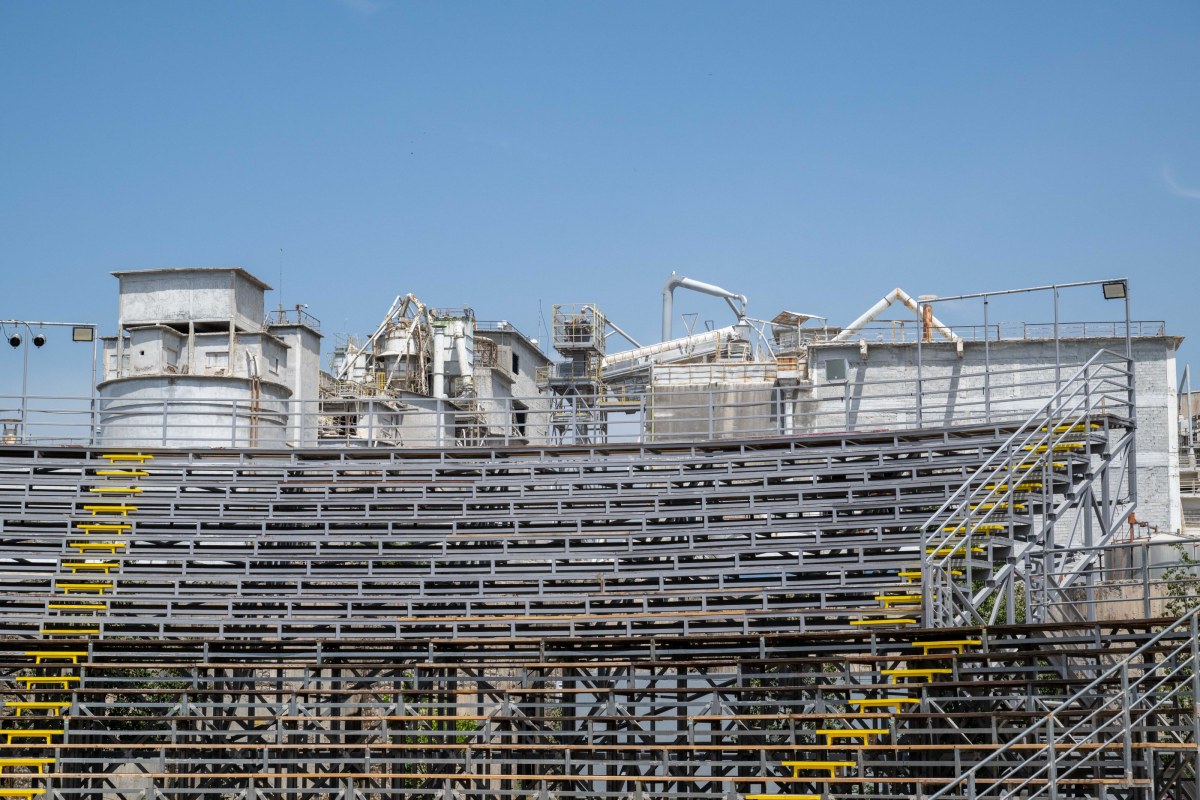
The walks
However, when speaking about reappropriating a space - a public space in this instance - it is when performing arts can be very useful, in what is called placemaking. In a few words, placemaking can mean giving signification to a place, by involving all the stakeholders to that place, human and non-human. The topic of placemaking in the performing arts was what the participants of SPARK were invited to discuss and ponder upon, trying to come up with concrete propositions to the ECoC and the city of Elefsina, and largely speaking to the outdoor arts community. The group, coming from all over Europe and outside of Europe (from Finland to Tunisia, with a strong focus on South-East Europe) was composed of architects, programmers, artists in the public space, researchers and academics, as well as cultural professionals involved in other ECoCs.
It was first given a tour through the hidden layers of history, by Alexandros Mistriotis, an artist interested in orality, history, and its formal influence on the public space. His presentation started the group on the right foot, focusing on the relation between art and politics, which is central to what ECoC represents. Starting off from a metaphor coming from the archaeological space of Elefsina, which was supposed to be the gate to the underworld where Persephone would go to spend 6 months every year, in the sense of a passage between the world of the living and the dead, Alexandros spoke of the need to trace hidden links in the continuity of history, where past, present, and future meet. So, since the process of finding and giving symbolic meanings to a place is always a political decision, Alexandros spoke of the necessity to find out more about the context of a space, trying to keep our eyes as wide open as possible.
With that in mind, the group was then led to explore the industrial recent history of Elefsina, walking through the former cement factory of TITAN (a quite paradoxical name given the mythological past of the city) and the shipyard. This path through places that, up until recently, were not meant to be seen, or that the presence of outsiders was not always welcome, due to these places’ controversial character, gave something stimulating to the visitors, as if they were entering an initiation to an Eleusinian mystery of their own. According to the people of ECoC, the coast side was a place that the locals did not want to look at, turning the gaze towards the inside of the city. Additionally, with the vision of approaching Elefsina as an open air theatre, the ECoC tried to re-purpose previously abandoned places, such as the (abandoned for 20 years) camp which is now called Oasis, or the Arkopolis, to which the participants of SPARK were invited.
Before going there, on the second day of their walks, they were taken through the communities of people living there, since placemaking has no value without those directly concerned by it, and the context of a place is always given in the long term, even after the ECoC is gone from the city. A refugee city in the last century, Elefsina is composed of many groups of populations who came through minor Asia and Pontos, making their own neighbourhoods with any means they could find, and were directed to Elefsina, to work in factories, by being given the opportunity to possess land for exchange. Some generations later, these populations feel less stigmatised and have created a better image of themselves, gradually building up their settlements. In this process, two terms to keep in mind, were mentioned by Eleftérios Kechagioglou, director of Le Plus Petit Cirque du Monde, as well as one of the co organisers of SPARK and the program "Escaladant Eleusis - Climbing over Elefsina": “incrementation”, as in things that are put together without structure, and “vicinitude”, as in we are connected by the way we live together.

The placemaking example
How do these thoughts and walks materialise into plots and talks? That’s what the goal of SPARK was, aided by the moderation of the cultural producer and strategist Chrissie Faniadis. In it the participants were invited to discuss, first freely in a big group, and then in smaller group discussions, the topic of placemaking in the performing arts in the specific case of Elefsina in the ECoC, but with an eye of extending this case to other placemaking examples or ECoCs. So, if placemaking as a practice requires not only a place, but also time to intervene to a place, then it is clear that it is a long process which requires concentrated efforts to a common cause by the inhabitants, as well as the active involvement of politicians. For that purpose, ECoC serves as the ideal stage to invite politicians and show them all the contrasting faces of a city, including the ‘bad’ side of its heritage. However, revealing that part of heritage can be heavy, and it needs to fit two moulds. It needs to speak the financial language of investors, while it also needs to be grounded, keeping the citizens engaged and respected. As the discussion moved on, it became clear that words do not mean the same to each person coming from a different background, since the notions of what is a ‘garbage’, what is ‘heritage’, and which are the ‘ruins’ that we are talking about, proved to be symbols that are given their meaning always in a conversation, they never have a meaning on their own. Since the conversation was on people and places, though, the terms ‘users’ and ‘usage’ were also put in context, while in the topic of ‘time’, questions of longevity and sustainability are always relevant, especially in regards to an ECoC.
Then, trying to formulate more precise statements, the participants composed sentences that, if put together, could say that placemaking is an organic and strategic process of giving meaning to a place and adding value to the living. Additionally, it is a participatory process which requires taking risks, questioning and re-imagining concepts, or a strategy to avoid conflicts. Within this frame, the value of the performing arts is to open up the possibilities, spread awareness and give opportunities to all stakeholders to connect with each other, in cases in which they would not normally do. These can include the local inhabitants (human and non-human), the artists, architects, researchers, as well as any kind of owners or governments and decision makers on the level of the municipality, region, or state that are involved in a given place and a given time. Isn’t risk a part of circus and performing arts anyway? Don’t artists take physical and financial risks, by opening up to the possibilities of their art?
Of course, an idea also needs a stage, and theory must come into practice at some point, which is why the participants of SPARK were invited to an actual placemaking example in the Eleusis ECoC: Arkopolis. This unique initiative exists on the borders between the private and the municipal level and is placed on an “accidentally well-organised universe’’; it is also one of the flagship programmes of Eleusis 2023 ECoC, in the words of Michael Marmarinos, its artistic director. The Arkopolis is a project started by the Belgian Art Collective Time Circus, which crossed Europe with a Landship, that moves only by human energy, going from Antwerp to Elefsina, to build their ARK there, and make a big statement about doing, rather than thinking and talking, despite any adversities. Their Ark is part of Arkopolis, which is set in the re-evaluation of half of a destroyed football stadium (in Greek, a football stadium is also called a “temple’’). It is made with the Time Circus’ collaboration of architects, artists, and young local communities, and is re-purposed in a cultural space that was made with, and made for, the young people of Elefsina to use. In this big space, the participants of SPARK were invited to experience a variety of artistic interventions in public space, in a place that is “temporarily occupied’’, trying to receive legal status, and continue its development, to a place where people can be invited to relax, meet, enjoy, and use its many spaces, including a skate park - a popular request from the young community there.

The future?
Therefore, after being confronted with an actual placemaking example, the participants of SPARK were invited again, to express their feelings, thoughts, and propositions, in regard to Arkopolis, and placemaking in general. The power of symbolism and rites, as well as the profound feeling of joint forces were echoed throughout the group, while some others spoke of a spiritual experience showing unique potential. It was understood that a successful placemaking in the performing arts requires jumping at the opportunity and the right moment of doing things, but it also needs to be a process kept open, through regular and consistent engagement. It goes without saying that it needs a lot of effort in its dissemination, as well as networking between many stakeholders, in order to avoid a diverse set of risks and pitfalls. These, according to the group, could include assumptions before entering a place that are not site-specific, a lack of human resources, and of course, since it is a delicate political matter, then the work of local authorities could also hamper such a project. Last but not least, it should be mentioned that interventions, such as these, always face the risk of allowing gentrification and social-washing processes to come in.
Okay, so what about the future? In the case of Elefsina, the participants of the workshop suggested that the example of Arkopolis needs to be highlighted and supported, while each of the participants needs to continue speaking about it and look at their own capacities of intervening further and keeping the pressure going. In case of the overall topic, it was underlined that the experience needs to be shared, it needs to be told, and more importantly, the idea of looking deep into the fundamental values of a community and a place and creating change is based on ethical values, sustainable solutions and long-term relations, is something that can go further than the ECoC. The example of Elefsina, seems to be the perfect ground to go beyond this specific context, and use the understandings beyond the ECoC, towards what the (performing) arts can really do: give sense to peoples’ lives.
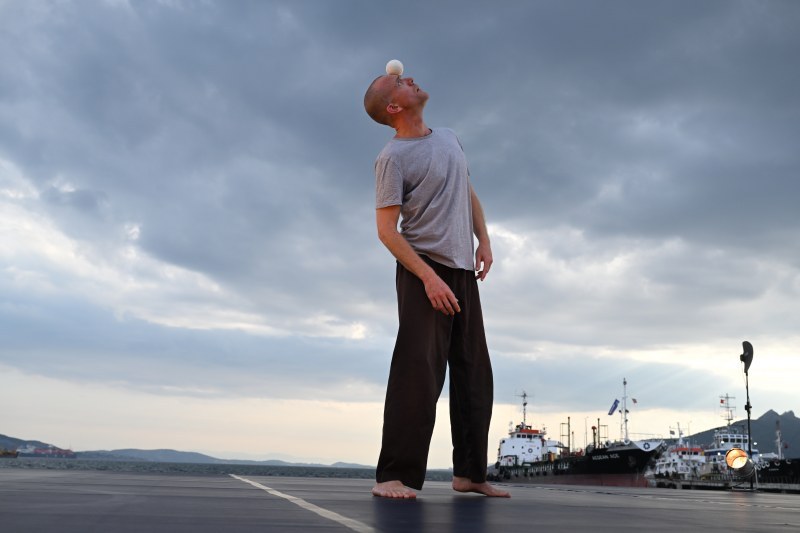
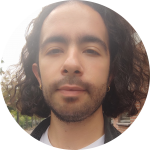
Nick Verginis is a Greek cultural journalist and researcher, often having worked in cultural magazines. Born and raised in Athens with a background in Media Studies, he is currently based in Amsterdam, about to graduate from his Research Master’s studies on Cultural Leadership at the University of Groningen. A speaker of Greek, English, Italian, a bit of Norwegian, and Dutch, Nick is interested in thinking, researching, and writing for Circus, with a particular interest in artist residencies, their organisation, and potential models.



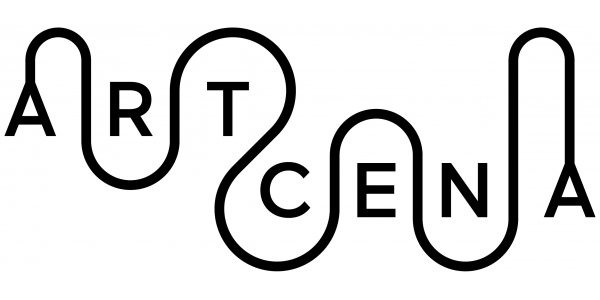

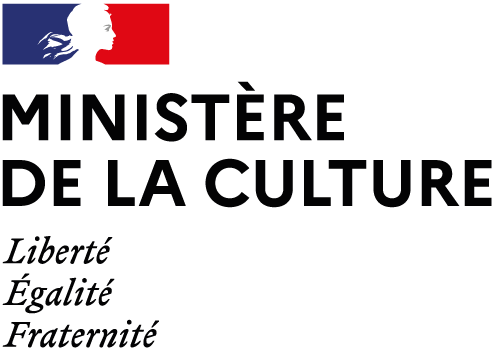
write us: infocircostrada@artcena.fr